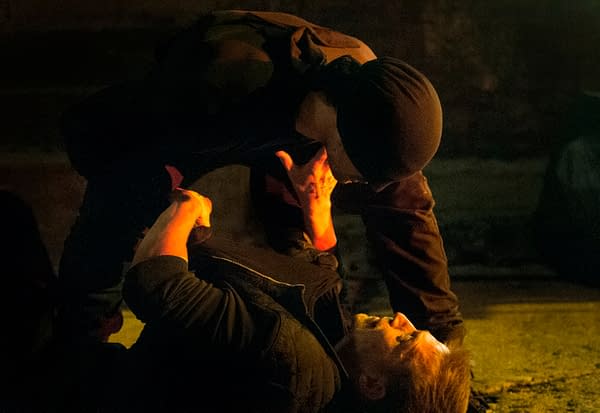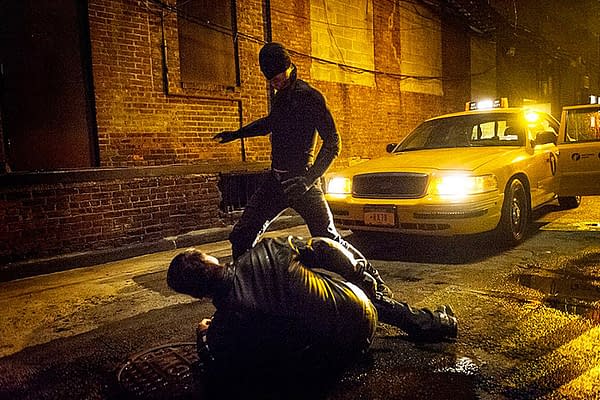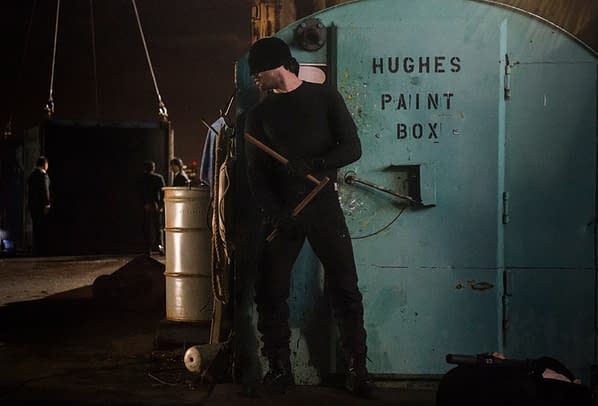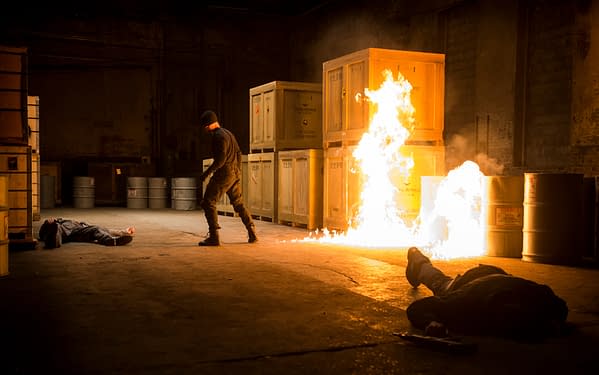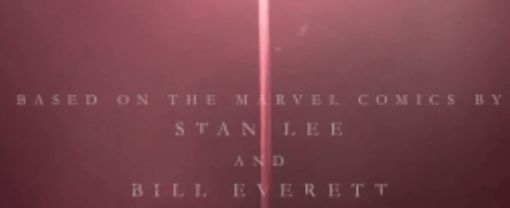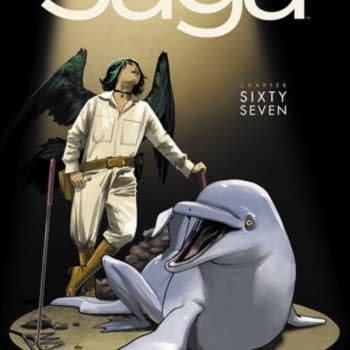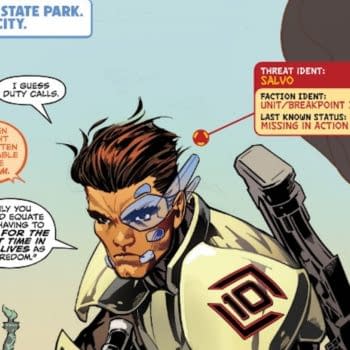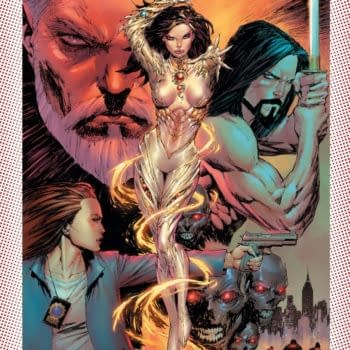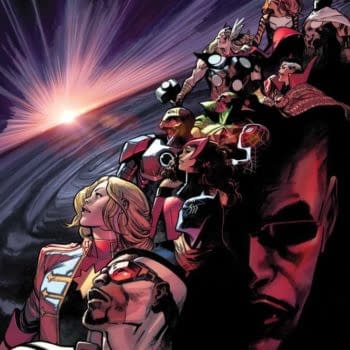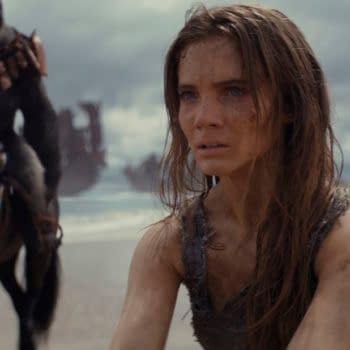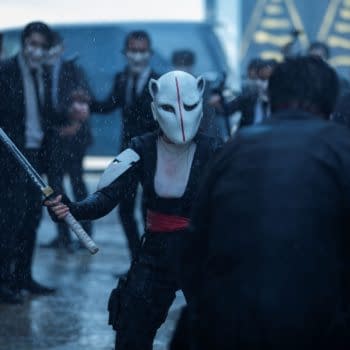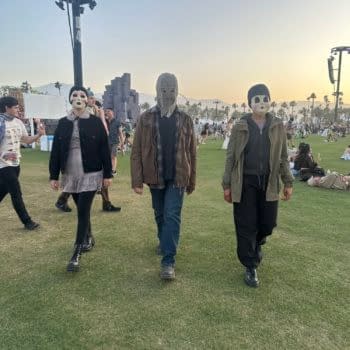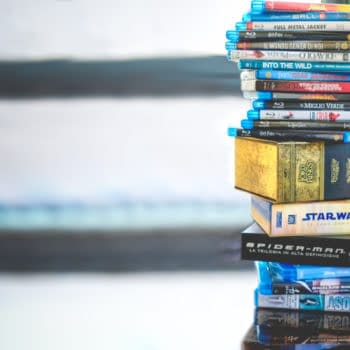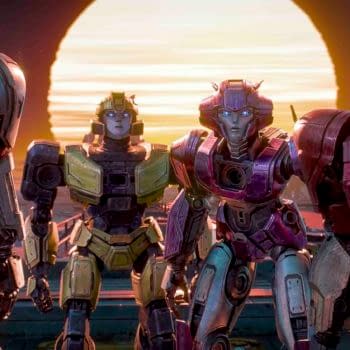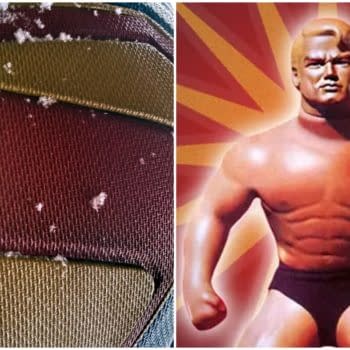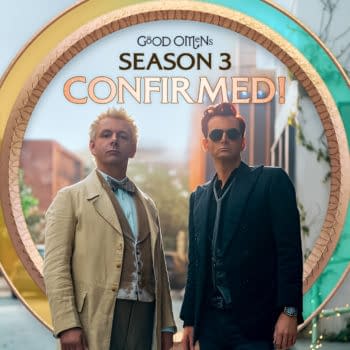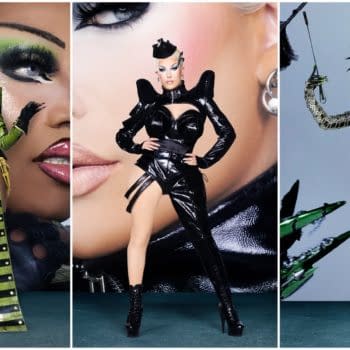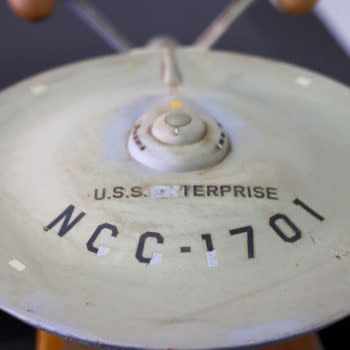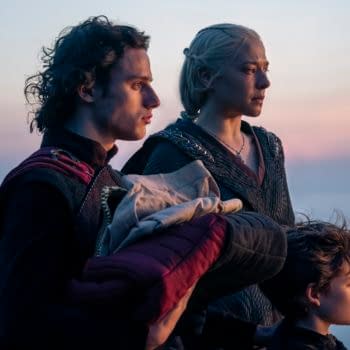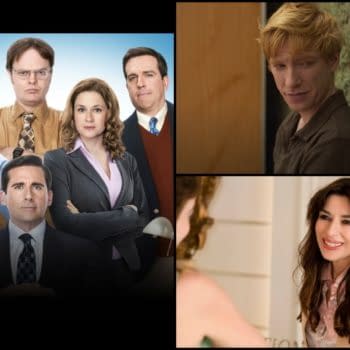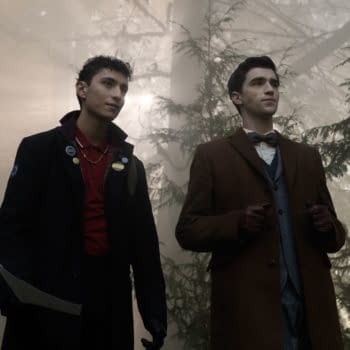Posted in: Movies, TV | Tagged: abd, charles cox, Comics, daredevil, entertainment, marvel, netflix, tv
Watching Daredevil Ep 1 – How The Marvel Cinematic Universe Makes Sense
"If there's a stunning woman with questionable character, Matt Murdock is going to find her, and Foggy Nelson is going to suffer."
The first time I came to New York, for the New York Comic Con, I stayed with a friend on the Upper East Side. Which meant, walking every morning for a couple of miles to the Javits building, I would walk through Hell's Kitchen, an area I basically knew from the Daredevil comic book. Except I didn't know it. Frank MIller's comics had portrayed a dirty, grimy, place of crime, of danger, of corruption, where this was a clearly gentrified, well to do area, full of proto-hipsters. Since then the place has gone up further in the world, it's a place for banana and kale shakes rather than shakedowns.
The comic book can keep up the pretence, but for a live action TV show, presenting Hell's Kitchen afresh and not being a period piece, how could the new Netflix show avoid these problems? Well, after watching the first episode, we have an answer.
By setting Daredevil after the Battle Of New York in the first Avengers movie. With New York – and Hell's Kitchen – having been destroyed in the battle with the alien Chitauri. And now being rebuilt, with all of the crime and corruption that can come with such projects. And superheroism being seen as a part of everything else, indeed, the crime we see could not exist without it, an incredibly astute observation for such a show that would normally want to placate an audience.
"Heroes and their consequences are why we have these current opportunities… every time one of these guys punches someone through a building our margins go up three percent. We should be celebrating!" – The Owl.
The show is happy to give us that complexity. We have Matt Murdock as a young defence lawyer, with an as-yet-uncostumed un-named vigilante, and everything he does in both fashions, doesn't achieve much. Criminal organisations work around it, their systems route around it and whatever good he thinks he is doing, is all but ignored by the various criminal activities going on around him.
Because organised crime here is endemic. Using the latest technology to put pressure on the weak points of civil society to gain entrance and then infecting the whole body. This is just how it works now. And we see it all laid out for us, with its major and minor figures, continuing unabated.
So yes, the show does a few things differently. Despite its modern setting, it does a lot to remind you of Scorcese seventies American cinema – and from that, Frank Miller's comics. From the boxing, to the rain, the flickering neon lights, to the Catholicism. An early monologue in the confessional, expounding on the father/son relationship and what drives the man is unusual in this day and age, especially so early. But it sets the mood, it emphasises the relationship of father and son, and of pride over penitence. We get an early fight scene and it is ugly, it is violent, punches land, repeatedly, blood spills, legs break, no one gets an "easy knockout". But this is Daredevil, so bullets are also dodged.
The title screen is the only place we see Daredevil's costume, or the word Daredevil used, as a number of objects appear, as emerging plastic-like moulds, an attempt to show how Dardevil sees the world, and placing it solely in New York, the watertowers, buildings, bridges and the blind statue of justice. The effect isn't seen in the show, at most we get to see Matt listening to the timbre of people's voices and the beat of a heart, suddenly getting tinny and echoey, the extent of his superhuman abilities seen onscreen. Matt Murdock's blindness is a constant, referred to, used to generate a little Basil Exposition from people encountering him for the first time, but it never becomes the focus of the show. That is reserved for the spread of crime as it seeks new opportunities as a parasitic cancer within, even propping up the host body that it infects. And then, of course, the relationship between Matt and Foggy.
The dialogue is bang up to date Whedon-meets-Sorkin stylised reality that even the likes of CSI can occasionally manage. The patter between Murdock and Foggy is fresh, sharp, confrontational but implies an ease, a familiarity between the two that allows them to needle the other without consequences. And throws in the likes of "I'm going to bribe a cop" without the pause that might normally be required. It is going to be the highlight for many viewers with quotes ready to be ripped for animated gifs the world over. Its genuinely fun and entertaining to listen to.
Charles Cox, who recently played my second cousin in The Theory Of Everything but who many Bleeding Cool readers will know more as the lead of Stardust, plays an easy, confident role, who trusts that everything will work out – because it does. It's a facade, played over the rage and the madness that is a part of his soul, that Daredevil allows to come out. While Elden Nelson as Foggy reminds me of a less alienating Rainn Wilson from The Office, a certain world weariness and realism that smacks hard against Matt;s unrelenting optimism, even in the face of obvious evidence against it.
Deborah Ann Woll as Karen Page is introduced as a beautiful murder suspect, we see why she is targeted and framed as part of a bigger picture and how she then joins the team of Matt and Foggy, working for free (maybe we'll see how she makes rent later). She is played as the victim here, seemingly to stereotype, but two things specifically fight against that, a scene when she is jailed as a suspect and fights back viciously and successfully, and again choosing to reframe her situation as victim by becoming part of the fight against her situation. I'm looking forward to seeing how the three play off against each other now that it's no longer a boy's club…
Then there is the fourth major character. New York itself. The streets, the docks, every attempt is meant to be specific. Street addresses get tossed around as numbers, everything is 44th and 8th, running down to 47th, but this is a New York that doesn't reply on the tourist shots. It's a place where people live – and die.
Just as Daredevil's name is yet to be mentioned, so the Kingpin also remains unmentioned, even as Wilson Fisk. But we know he is there, as the richness of his empire, The Owl as the accountant tracking it all, the drugs and the drug mules, the trafficking of women and those who facilitate that, the shakedowns, the corruption and the building work that houses all these opportunities.
And Matt Murdock as a flea, his bites having as much an effect as his punches on that punchbag. For now.
Oh one other thing. The New York Bulletin is the newspaper of choice here, rather than the Bugle. But that explains the choice of paper for Marvel's upcoming Secret Wars promotion. It all ties in…
Time to watch episode two.
The first season of Daredevil is released on Netflix on April 10th. For further reading of show co-writer Christos Gage's take on complex morality of superheroism, why not track down his series Absolution?
Oh and for those who care…


